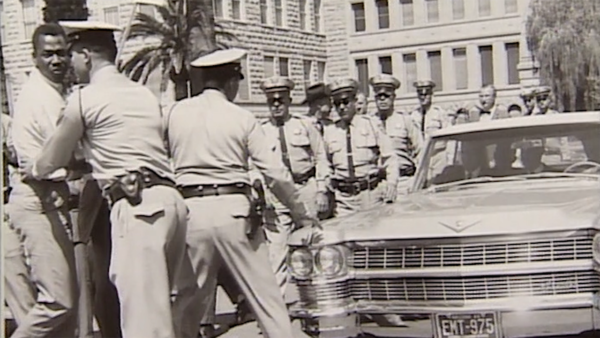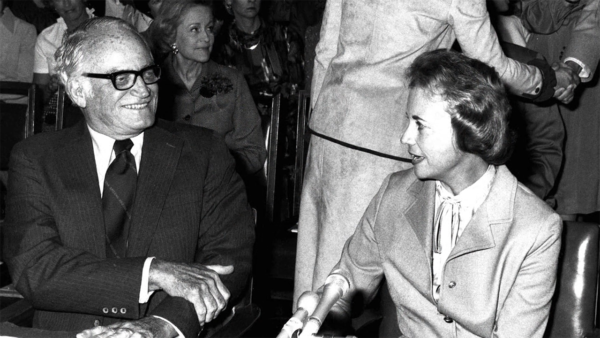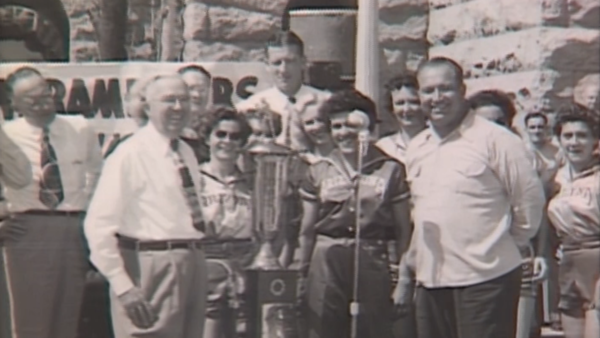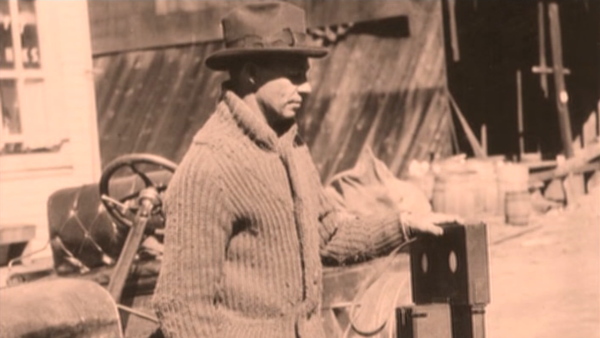Arizona Stories: The Mansion Chewing Gum Built
Dec. 22, 2022
Skirmish at Picacho Peak
During the first year of the Civil War, the Confederacy was making a concerted effort to gain control of the Southwest. The idea was to expand the Confederate boundaries considerably to make it much more difficult for the Union to maintain a successful blockade.
The only battle in what we now know as Arizona took place at Picacho Peak between Tucson and Phoenix. In February of 1862, Confederate troops were received with open arms in Tucson, because they provided protection from Indian raids. The continued incursion of the Confederates caught the attention of Union troops stationed at Fort Yuma.
In mid-April, Union troops headed towards a thoroughfare squeezed between two mountains called Picacho Pass. Looking at injuries and body counts, one could probably say that the Confederates won the battle of Picacho Pass. The battle was the furthest West of the Civil War.
The Wrigley Mansion
High on a hill overlooking the Arizona Biltmore Hotel stands the Wrigley Mansion. Like the Biltmore, the Wrigley Mansion was a place that epitomized gracious living. The histories between the two are entwined thanks to gum magnate and former Chicago Cubs owner, William Wrigley Jr. After Wrigley bought out the MacArthur brothers’ interest in the Biltmore, he built the house on the hill overlooking the hotel.
The house, initially intended as a 50th anniversary gift for his wife, was finished in 1931. The mansion was called “La Colina Solana,” the sunny hill and provides beautiful views of the Valley.
Civil Conservation Corps
In 1933, with the country in the grip of the Great Depression, President Franklin D. Roosevelt signed a bill that authorized the creation of the Civilian Conservation Corps. The CCC gave unemployed young men an opportunity to make money while preserving the country’s natural resources. The boys made $30 per month, $5 of which they kept. They sent the other $25 home to their families.
From 1933 to 1942, nearly 53,000 men worked on CCC projects in Arizona, such as the construction of the Walnut Canyon Visitor Center east of Flagstaff. The camps ran in a military fashion, which prepared the enrollees for later military service during World War II.
Riverside Ballroom
Crowds packed Riverside Ballroom on Saturday nights. Riverside was the home of the big-name bands, and all of America’s best played there. Local favorites also played at Riverside. The Western Playboys became regulars in 1940 when Bob Fite and his brother bought the place.
They built Riverside’s open-air dance pavilion around 1914. After a flood washed it away, they built a round wooden ballroom in its place.
There was something for everyone at Riverside Ballroom. They devoted Thursday nights to the Phoenix black community, collegiate nights on Friday, “Fight Night” on Saturdays, and on Sundays, Riverside came alive with the sound of Latin music.























